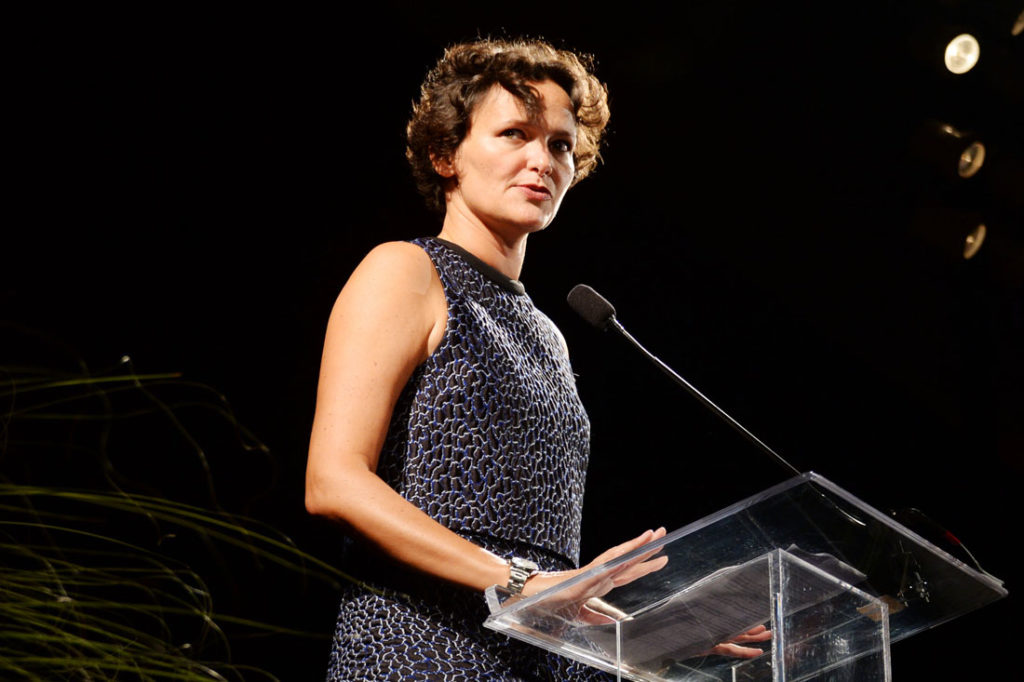Art World
Giorgio Andreotta Calò, Roberto Cuoghi, and Adelita Husni-Bey Will Represent Italy at 2017 Venice Biennale
Cecilia Alemani is injecting fresh blood to the traditionally conservative pavilion.

Cecilia Alemani is injecting fresh blood to the traditionally conservative pavilion.

Alyssa Buffenstein

As curator of the Italian Pavilion at the 57th Venice Biennale, Cecilia Alemani has chosen the artists Giorgio Andreotta Calò, Roberto Cuoghi, and Adelita Husni-Bey to represent the country, the Italian Ministry of Cultural Heritage and Activities and Tourism announced yesterday.
Alemani has condensed the traditionally large scope of the pavilion (gathering a whopping 14 artists at the last Biennale) to a trimmed-down selection of just three, hoping to give them “the space, time, and resources to develop an ambitious large-scale project that will mark a milestone in their career.”
She says that the more focused approach will put the Italian Pavilion in line with other national pavilions. It also reflects curator Christine Macel’s vision of “a Biennale designed with the artists, by the artists, and for the artists.”
The selection of Calò, Cuoghi, and Husni-Bey reinforces the buzz already surrounding the artists. All three are featured in the 16th Quadriennale di Roma, which opened in October and is on view until January.
Last week, Husni-Bey’s 2014 video AGENCY-Giochi di potere’ (AGENCY-Power Games) was chosen as the winner of the Quadriennale’s illy Under 35 Prize. The €15,000 prize goes to work that conveys “a particularly new form of expression in the trends of the current Italian panorama.” Agency is a video work depicting a group of teenagers exploring new means of societal decision-making.
At the Quadriennale, Calò shows a series of Polaroid works with artistic interventions, although he is more known for his sculptural works (and was chosen by Alemani to create a soundscape for Frieze New York.)
Cuoghi is a multimedia artist who creates sculpture, painting, animation, and sound, and whose works probe themes of time and aging. He is notorious for a project to which he devoted seven years during his 20s, that involved him altering his appearance and habits to “become” his middle-aged father.